Refine listing
Actions for selected content:
2251 results in Cambridge Elements
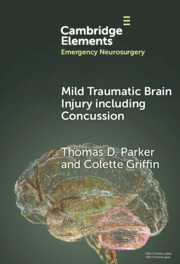
Mild Traumatic Brain Injury including Concussion
-
- Published online:
- 14 December 2023
- Print publication:
- 18 January 2024
-
- Element
- Export citation
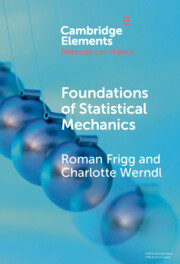
Foundations of Statistical Mechanics
-
- Published online:
- 12 December 2023
- Print publication:
- 18 January 2024
-
- Element
-
- You have access
- Open access
- HTML
- Export citation
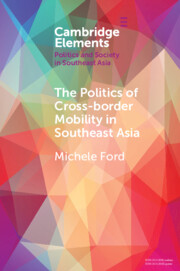
The Politics of Cross-Border Mobility in Southeast Asia
-
- Published online:
- 12 December 2023
- Print publication:
- 18 January 2024
-
- Element
- Export citation
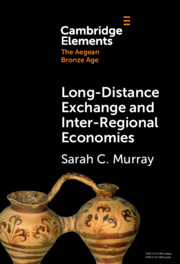
Long-Distance Exchange and Inter-Regional Economies
-
- Published online:
- 12 December 2023
- Print publication:
- 18 January 2024
-
- Element
- Export citation
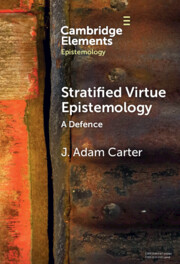
Stratified Virtue Epistemology
- A Defence
-
- Published online:
- 12 December 2023
- Print publication:
- 18 January 2024
-
- Element
- Export citation
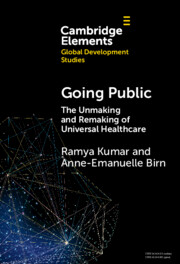
Going Public
- The Unmaking and Remaking of Universal Healthcare
-
- Published online:
- 12 December 2023
- Print publication:
- 18 January 2024
-
- Element
- Export citation
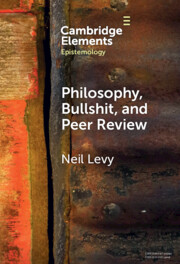
Philosophy, Bullshit, and Peer Review
-
- Published online:
- 12 December 2023
- Print publication:
- 18 January 2024
-
- Element
-
- You have access
- Open access
- HTML
- Export citation
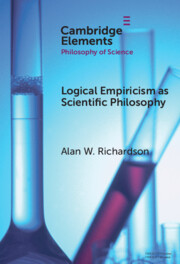
Logical Empiricism as Scientific Philosophy
-
- Published online:
- 11 December 2023
- Print publication:
- 18 January 2024
-
- Element
- Export citation
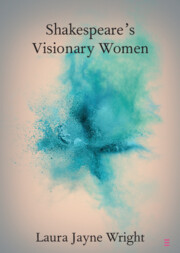
Shakespeare's Visionary Women
-
- Published online:
- 11 December 2023
- Print publication:
- 21 December 2023
-
- Element
- Export citation
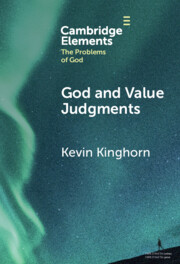
God and Value Judgments
-
- Published online:
- 08 December 2023
- Print publication:
- 01 February 2024
-
- Element
- Export citation
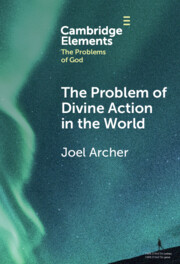
The Problem of Divine Action in the World
-
- Published online:
- 08 December 2023
- Print publication:
- 01 February 2024
-
- Element
- Export citation

Health Economics
-
- Published online:
- 07 December 2023
- Print publication:
- 18 January 2024
-
- Element
-
- You have access
- Open access
- HTML
- Export citation
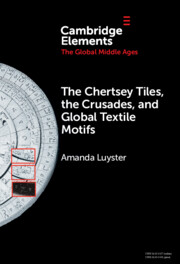
The Chertsey Tiles, the Crusades, and Global Textile Motifs
-
- Published online:
- 07 December 2023
- Print publication:
- 21 December 2023
-
- Element
- Export citation
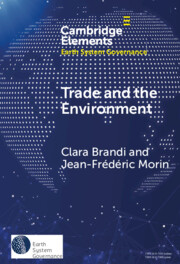
Trade and the Environment
- Drivers and Effects of Environmental Provisions in Trade Agreements
-
- Published online:
- 07 December 2023
- Print publication:
- 21 December 2023
-
- Element
-
- You have access
- Open access
- HTML
- Export citation

Using the Police Craft to Improve Patrol Officer Decision-Making
-
- Published online:
- 06 December 2023
- Print publication:
- 21 December 2023
-
- Element
- Export citation
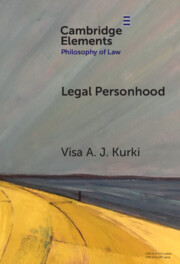
Legal Personhood
-
- Published online:
- 06 December 2023
- Print publication:
- 21 December 2023
-
- Element
-
- You have access
- Open access
- HTML
- Export citation
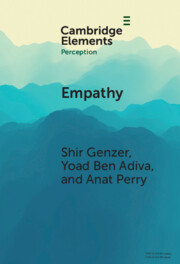
Empathy
- From Perception to Understanding and Feeling Others' Emotions
-
- Published online:
- 05 December 2023
- Print publication:
- 21 December 2023
-
- Element
- Export citation

Plural Pasts
- Historiography between Events and Structures
-
- Published online:
- 04 December 2023
- Print publication:
- 14 December 2023
-
- Element
- Export citation
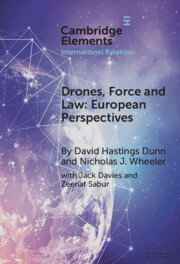
Drones, Force and Law
- European Perspectives
-
- Published online:
- 04 December 2023
- Print publication:
- 18 January 2024
-
- Element
- Export citation

Wittgenstein on Realism and Idealism
-
- Published online:
- 04 December 2023
- Print publication:
- 01 February 2024
-
- Element
- Export citation
